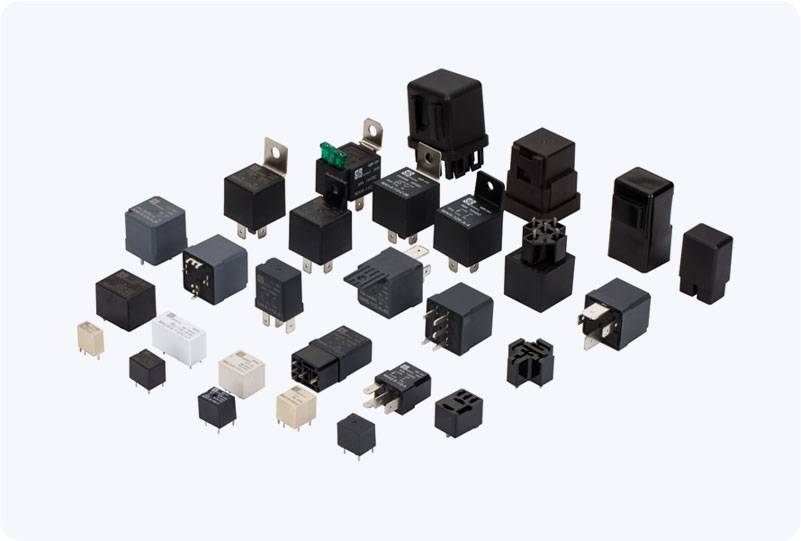As the world moves towards the widespread adoption of 5G technology, network performance and coverage have become pivotal factors in ensuring a smooth and reliable user experience. One of the most promising innovations designed to address these challenges is the 5G base station relay technology. This cutting-edge solution is focused on enhancing coverage, improving signal strength, and optimizing the overall performance of 5G networks, especially in areas that are traditionally hard to reach, such as rural locations, underground facilities, and dense urban environments.

Understanding 5G Base Station Relay The 5G base station relay system operates by deploying relay stations, also known as intermediate nodes, which act as intermediaries between the primary base station and the end-user devices. These relay stations receive signals from the main base station and retransmit them to the target areas, thereby extending the network’s reach and improving overall signal quality. The relay stations are particularly effective in scenarios where direct communication between the base station and the end-user devices may be hindered due to physical barriers, long distances, or high user density.